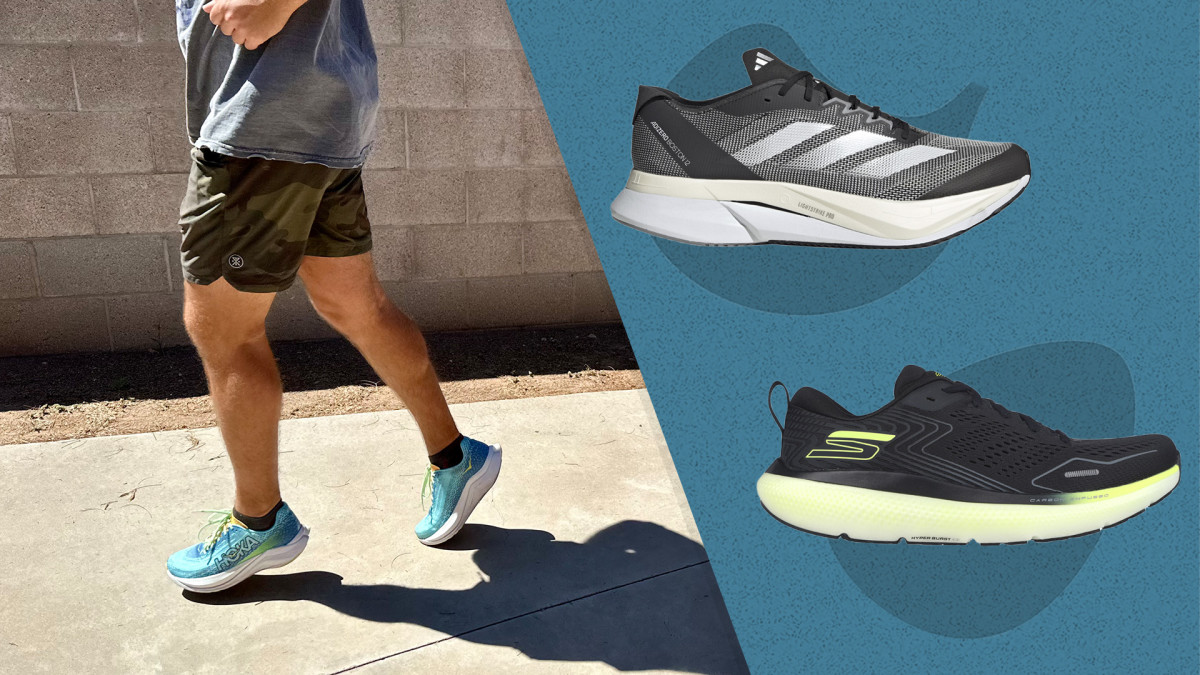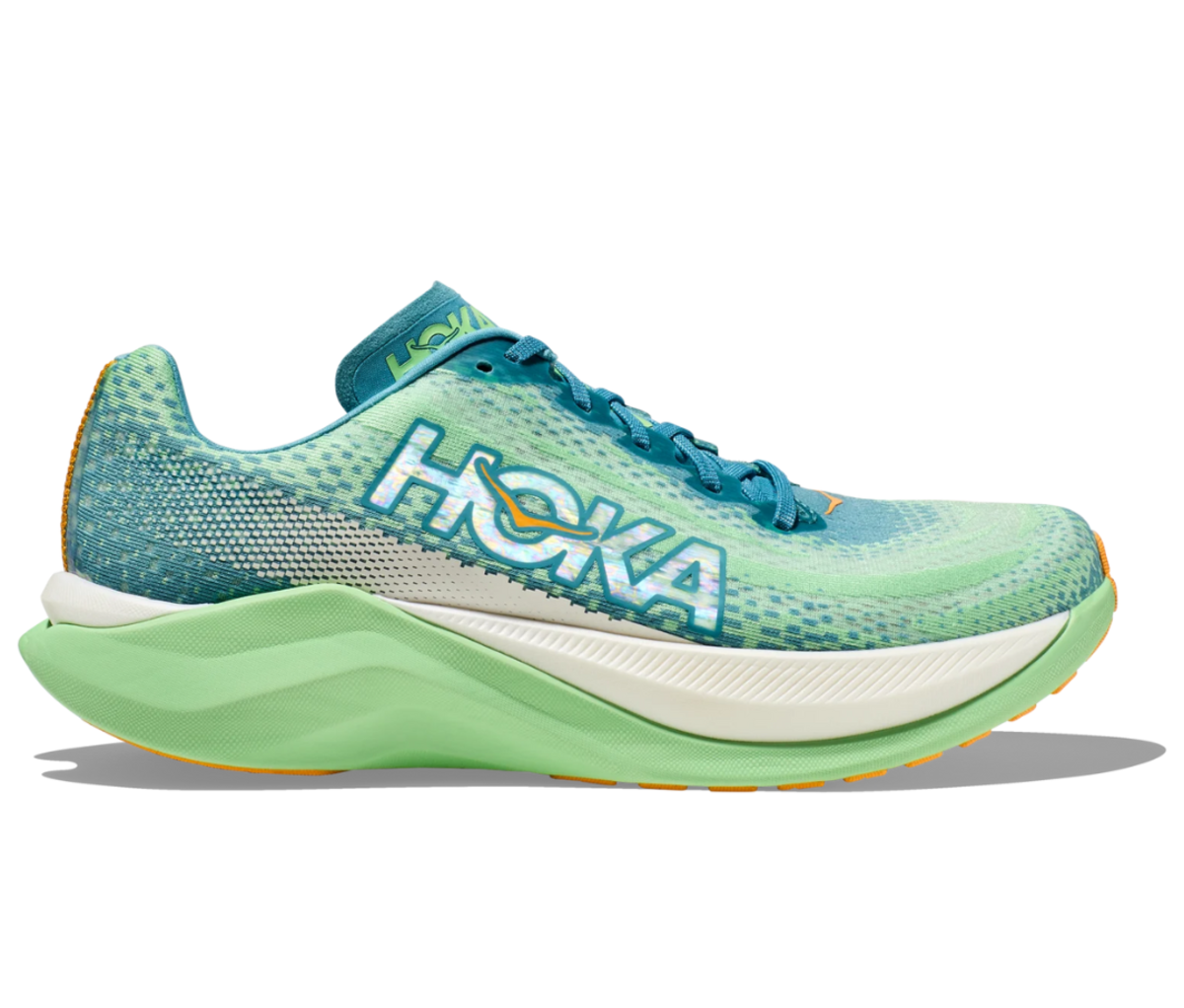If you’re an athlete, a casual runner, or just someone who loves to walk regularly, you may have encountered the frustrating and often painful condition known as shin splints. It can be disheartening, but don’t worry! Wearing the right shoes can make a world of difference. In this comprehensive guide, we’ll explore the best shoes for shin splints, share real-world experiences, and provide tips to help you choose the perfect footwear for your needs.
Understanding Shin Splints
Shin splints, or medial tibial stress syndrome, are characterized by pain along the inner edge of the shinbone (tibia). This condition is particularly common among runners and dancers but can affect anyone who engages in high-impact activities. It typically arises from overuse, poor footwear, or incorrect running technique.
Common Causes of Shin Splints
- Overtraining: Gradually increasing your mileage is key; jumping into intense training too quickly is a common pitfall.
- Poor Running Form: Altering your stride or landing can lead to increased stress on your shins.
- Inadequate Shoe Support: Wearing worn-out shoes or those that do not provide sufficient arch support can contribute.
- Hard Surfaces: Running on hard surfaces like concrete can aggravate the condition.
Choosing the Right Shoes for Shin Splints
Picking the right footwear is a crucial step in managing and preventing shin splints. Here’s what to look for:
Essential Features to Consider
- Arch Support: Proper arch support can help distribute pressure effectively and reduce strain on the shins.
- Cushioning: Look for shoes that provide adequate cushioning to absorb shock.
- Stability: Stability shoes can help reduce overpronation, which may contribute to shin splints.
- Fit: Ensure a snug fit without feeling too tight. A good fit prevents unnecessary movement within the shoe.
Top Shoes for Shin Splints: Our Top Picks
After thorough research and consideration of various user experiences, we’ve compiled a list of the best shoes for shin splints.

1. ASICS Gel-Kayano 28
The ASICS Gel-Kayano 28 is a favorite among runners for its combination of support and cushioning. Users have reported significant relief from shin splints after switching to this shoe.
Pros:
- Excellent arch support
- Great shock absorption
Cons:
- Can be a bit pricey
2. Brooks Adrenaline GTS 21
This shoe is designed to provide support, comfort, and flexibility. Many users with shin splints have praised the Brooks Adrenaline GTS 21 for its stability.
Pros:
- Dynamic support for overpronators
- Responsive cushioning
Cons:
- Some find it heavier compared to other models
3. New Balance Fresh Foam 1080v11
The Fresh Foam 1080v11 is ideal for those who prefer plush cushioning. Users have reported relief from shin splints using this shoe, thanks to its plushness and support.
Pros:
- Superb cushioning
- Breathable upper material
Cons:
- Break-in period may be necessary

Comparison Table of Top Shoes for Shin Splints
| Model | Arch Support | Cushioning | Stability | Price |
|---|---|---|---|---|
| ASICS Gel-Kayano 28 | High | High | Excellent | $160 |
| Brooks Adrenaline GTS 21 | Medium | Medium | Good | $140 |
| New Balance Fresh Foam 1080v11 | High | High | Good | $150 |
Real-World Footwear Experiences
Case Study: Sarah’s Transition from Pain to Comfort
Meet Sarah, a dedicated runner who struggled with persistent shin splints. After consulting with a physical therapist, she realized that her worn-out shoes were no longer providing the support she needed. She decided to switch to the ASICS Gel-Kayano 28. After just a few weeks of using them, Sarah reported a significant reduction in pain, allowing her to get back to training without discomfort. This transition highlights the importance of regularly updating your footwear, especially when dealing with conditions like shin splints.

Feedback from the Running Community
The running community is a wealth of knowledge when it comes to managing shin splints through footwear. Many runners have shared their experiences on forums and social media, recommending specific models that have worked for them. Overall, a recurring theme is the importance of finding a shoe that fits well and provides adequate support.
Tips for Managing Shin Splints
1. Incorporate Stretching and Strengthening Exercises
In addition to wearing the right shoes, incorporating stretching and strengthening exercises can improve your overall foot health. Focus on calf stretches, toe raises, and ankle mobility exercises to build strength and flexibility.

2. Gradually Increase Activity Levels
If you’re new to running or have taken a break, it’s crucial to ease back into it. Gradually increase your mileage to prevent overuse injuries, including shin splints. A good rule of thumb is to increase your weekly distance by no more than 10%.
3. Choose the Right Surface
Whenever possible, opt for softer surfaces like grass or tracks rather than running on hard pavements. This can significantly reduce the impact on your shins.

Frequently Asked Questions (FAQs)
1. What types of shoes are best for shin splints?
The best types of shoes for shin splints typically offer substantial arch support, cushioning, and stability. Look for running shoes from reputable brands known for their comfort and support features.
2. Can insoles help with shin splints?
Yes, custom insoles or orthotics can provide additional arch support and cushioning, potentially alleviating shin splint pain. Consult a healthcare provider for recommendations tailored to your specific needs.

3. Should I stop running if I have shin splints?
While it’s important to listen to your body, completely stopping may not be necessary. Consider reducing your mileage and intensity until the pain subsides, and ensure you are using appropriate footwear.
4. How often should I replace my running shoes?
It’s generally recommended to replace running shoes every 300-500 miles. However, if you notice signs of wear or decreased comfort, it may be time for new shoes sooner than that.

5. Can specific running techniques prevent shin splints?
Yes, proper running form, including landing softly on your feet and maintaining a slight forward lean, can help reduce the risk of developing shin splints. Consider consulting a running coach for personalized advice.
6. Are there specific stretches that can help with shin splints?
Yes, calf stretches, toe stretches, and foam rolling can help relieve tension in the muscles connected to the shins. Consistent stretching can enhance flexibility and reduce the risk of injury.

7. Can I run with shin splints?
While you may be able to run, it’s essential to listen to your body. If the pain persists, it’s advisable to take a break and consult a healthcare professional.
8. Do I need to see a doctor for shin splints?
If the pain is severe or does not improve with rest and proper footwear, consulting a healthcare provider is recommended. They can provide specific diagnoses and treatment options.
9. How can I prevent shin splints in the future?
To prevent shin splints, ensure you wear proper footwear, gradually increase your running intensity, incorporate strength training, and maintain flexibility through regular stretching.
Conclusion
Finding the best shoes for shin splints is essential for both prevention and recovery. With the right footwear, along with a proper training regimen and recovery techniques, you can keep shin splints at bay and continue enjoying your favorite activities. Remember, everyone’s feet are different, so what works for one person may not work for another. Always listen to your body and prioritize comfort and support.
Want to learn more about shin splints and how to manage them? Check out the following resources: Shin Splints Study, Footwear Research.